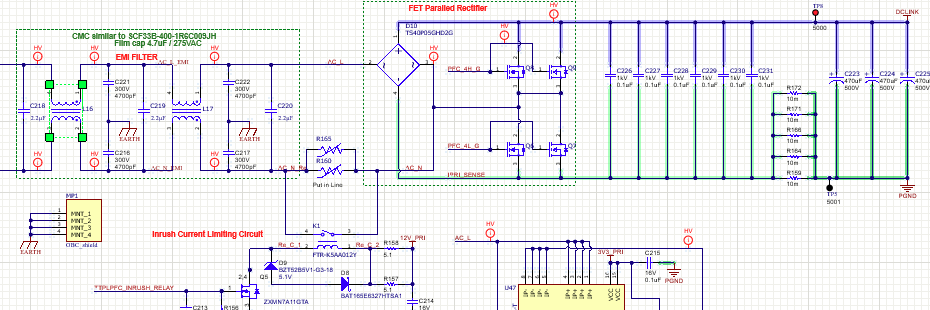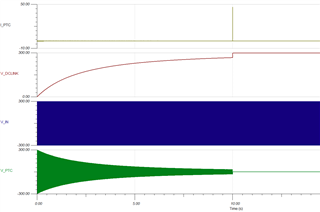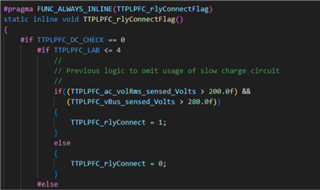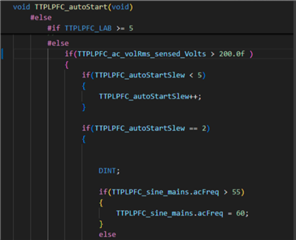Tool/software:
Hello,
While testing the PCB with my colleague Sebastián (who has posted a few posts on this forum), a large explosion occurred on the board and a subsequent fire broke out.
The board was working fine before with some problems on the control loop parameters, so we could discard a big problem with the PCBA assembly. Here the pics of the board fired.
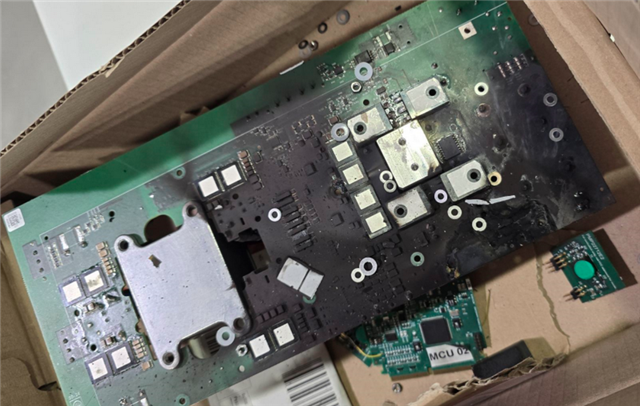
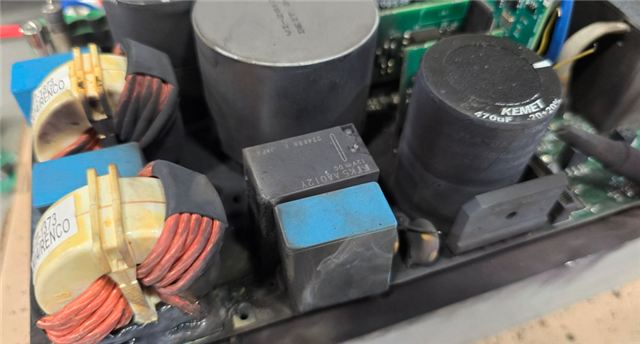
The explosion started in the PTCs (R160 and R165), and then the rest of the board caught fire.
Analyzing these components, we see that they are 24V DC/AC and a maximum of 30V DC/AC, when these components are actually connected to the 230VAC input. Therefore, it's quite understandable that this component exploded. Here a screenshot of PTC (B59101P1080A062) in the schematic and datasheet of the part number :
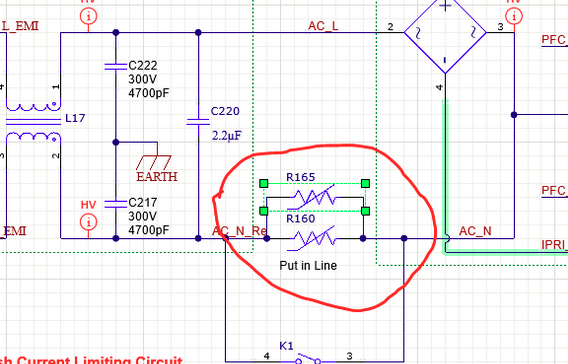

A design error seems obvious. Does Texas Instruments have any explanation for this incident?
Regards
Juan Carlos



